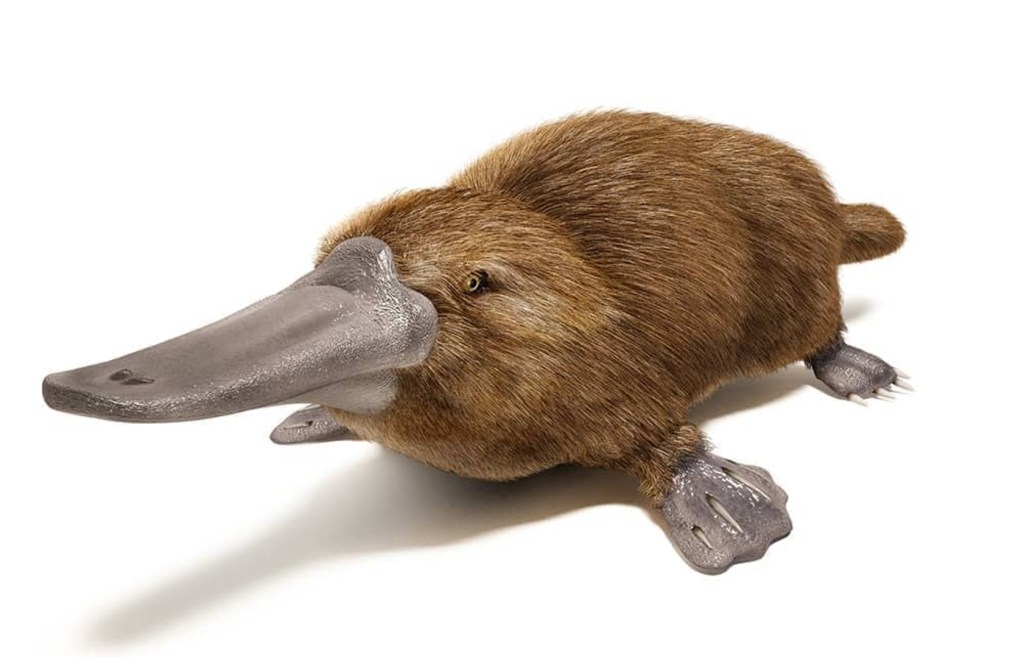“Don’t you know the answer?” asked my husband with mock surprise, throwing over to me from his armchair a copy of the newspaper. The question, from a reader on the Letters page, inquired what Mrs. Beeton meant by flageons of veal. I had no idea and nor did the Oxford English Dictionary in twenty volumes.
The recipe was for a sort of giant hamburger or hot meatloaf made from minced veal, suet, eggs and breadcrumbs. That gave no clues about its name. It could hardly have connections with flagons or flagellation.
A day later another reader found the recipe in her 1915 edition of Mrs. Beeton’s Book of Household Management under the name fladeons. It looked as though later editions had misprinted the word. But fladeon wasn’t in the OED either.
It was only a couple of days later that a learned reader, Howard Stephens of Norfolk, broke the logjam by identifying the word as fladéon in French, which he presumed came from the Latin fladonem, “flat cake.” Brilliant. It was rather like finding a genealogy linking you up with a member of the royal family, leading every which way.
The Latin flado, fladon-em gives us flan, via French flan, a word that came into English with Alexis Soyer and his The Gastronomic Regenerator: A Simplified and Entirely New System of Cookery in 1846. Before then we had flawns, also deriving from fladonem. In The Romance of the Rose, from 1400, there is a reference, the dictionary tells me, to “deynte flawnes, brode and flat.”
Some link this word flawn with the ancient Greek plathanon, “cake-mold,” and platus, “broad,” which in the nineteenth century was used to give a name to the duck-billed platypus, with its broad, flat feet. The duckbill was put into Latinized Greek for the binomial name of the species, Ornithorhyncus anatinus.
From the same ancient root that produced fladonem, the Germans derive Fladen. Fladen in German means “pancake,” and also “cowpat,” with the composite form Kuhfladen. So it turns out that flageons is a ghost word, born of a misprint out of a French term hardly well-known either. But it’s useful to have a name ready when the family asks at dinner: “What’s this?”
This article was originally published in The Spectator’s September 2022 World edition.





















